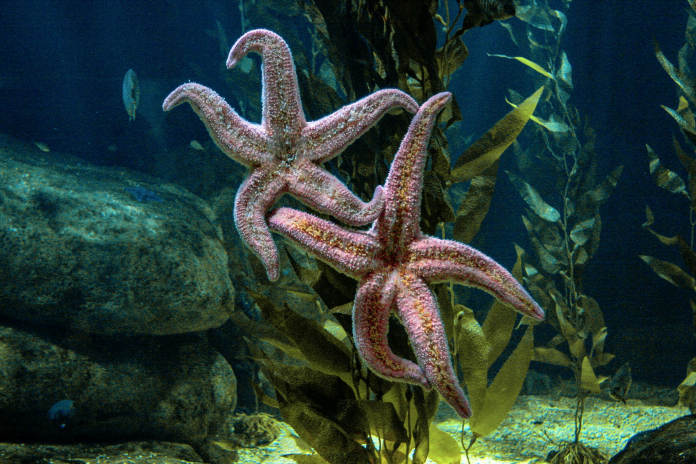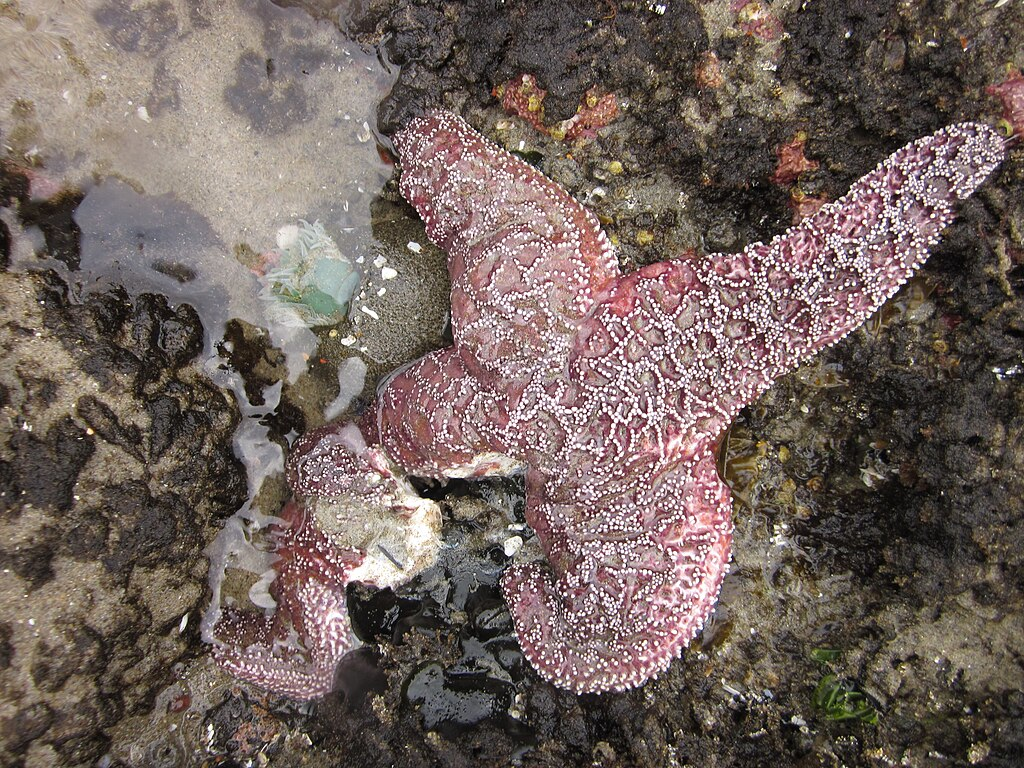
It sounds like the title of a science fiction novel: A vibrant, 24-armed starfish begins to twist and turn, its arms falling off and squirming away, before the animal itself disintegrates into a puddle of goo. But to coastal residents and marine ecologists from Alaska to Mexico, this was no fairy tale. Over the past decade, the West Coast was host to one of the biggest marine mass mortalities in recorded history as more than six billion sunflower sea stars died, their death cascading through entire ecosystems. The killer, after years of scientific detective work, has finally been identified a finding that is retooling conservation science as well as our understanding of marine disease dynamics.
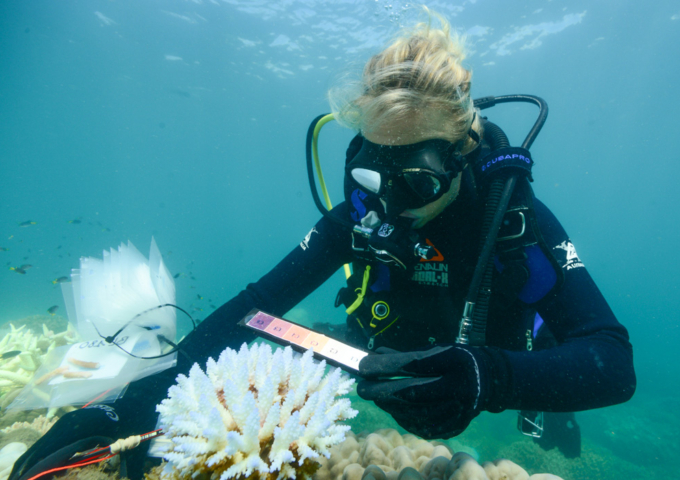
1. The Decade-Long Hunt for a Killer
The first signs of sea star wasting disease in 2013 were unmistakable and gruesome. “It was like a battlefield,” Drew Harvell recalled, describing beaches littered with hacked-off arms and dissolving bodies. But with all the carnage, the cause was still out there. As Alyssa Gehman put it, “When this disease outbreak happened, we had very little idea about what was normal [in sea stars].” Compared to the vast library of pathogens in human medicine, marine invertebrates yielded little baseline data. Early efforts blamed a densovirus, but follow-up research determined it was a typical resident, not the culprit. The search continued, frustrated by the inability to discern healthy from infected stars, as there was no fixed incubation period for the disease and no sure diagnostic signs.
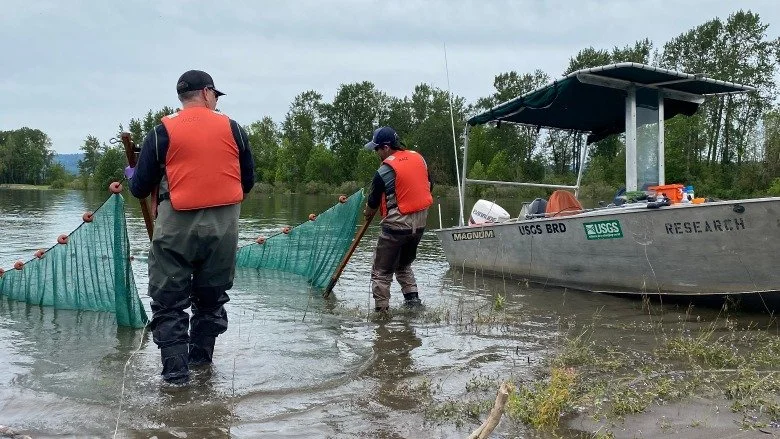
2. Challenge Experiments and Quarantine Procedures
The answer came through a series of scrupulous challenge experiments in rigorous quarantine protocols at the USGS Fisheries virus lab. Each sea water drop was filtered and bleached to prevent false release of infective agents. Healthy sea stars, the most susceptible species, were exposed to water and tissue from ill ones. The results were definitive: “Even water that flowed over an infected star would cause healthy stars to become sick,” Harvell reported. Moreover, when a suspension of infected tissue or coelomic fluid the sea star’s equivalent of blood was injected into healthy stars, the disease was manifest in a matter of days, killing 92 percent of the animals in 20 days. Heat-inactivated controls remained healthy, confirming the presence of a heat-sensitive, transmissible causative agent.
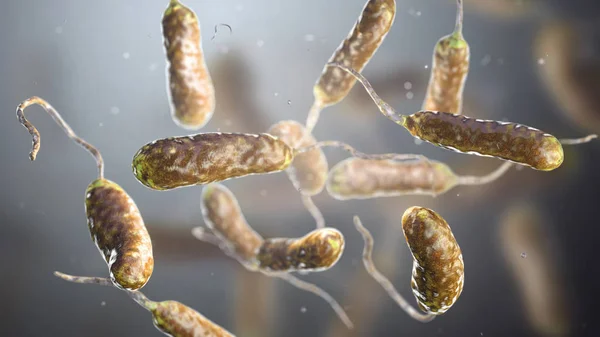
3. Vibrio pectenicida: The Unlikely Suspect
Metagenomic sequencing and molecular diagnostics provided the smoking gun. In every afflicted sample, there was one bacterium that rose above the rest: Vibrio pectenicida. A Gram-negative rod previously known as a scallop larva pathogen, Vibrio pectenicida had never previously been associated with such a large-scale marine epidemic. “The agent is a bacterium. It’s known as Vibrio pectenicida,” confirmed Melanie Prentice. Purification of pure cultures from infected stars and re-infection of clean ones sealed the deal. The surprise was evident among scientists who were hoping for a more exotic or creative agent. Instead, they purified a well-known genus one notorious for being a cholera agent and other sea ailments at the center of the crisis.
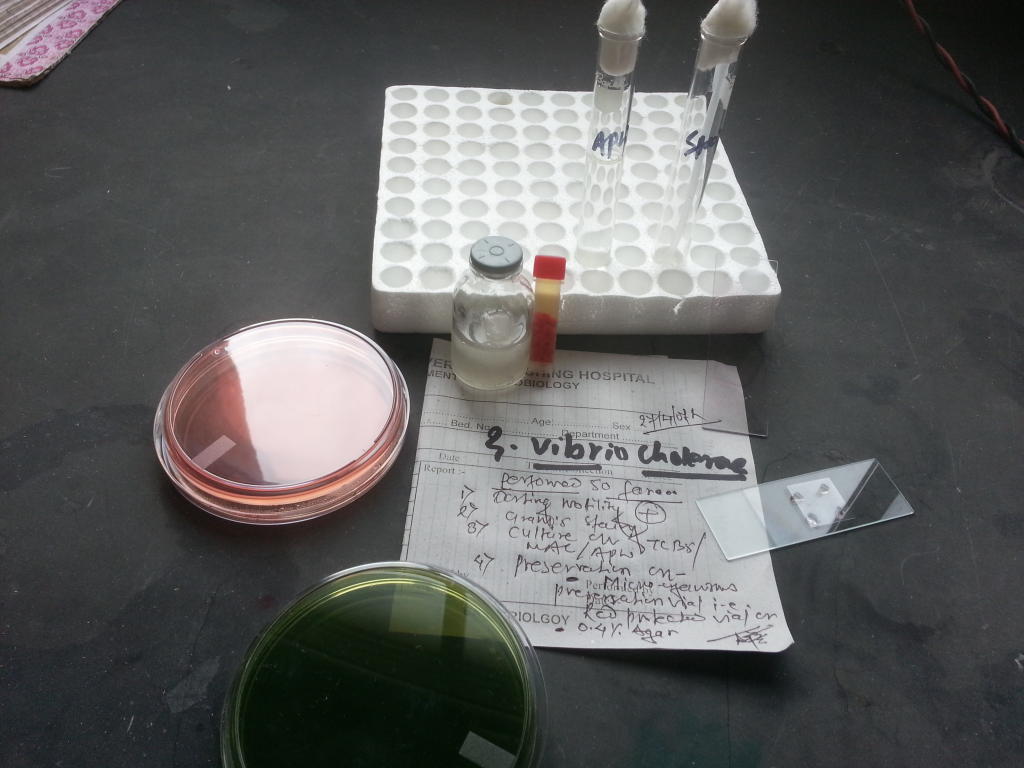
4. Advanced Molecular Tools in the Role
Vibrio pectenicida identification required more than traditional culturing. Metagenomic sequencing, hybridization capture sequencing (HCS), and whole-genome analysis were the methods employed by the research to identify and type the pathogen even when present in low abundance or viable but nonculturable. HCS, centered on known virulence factors and chaperone genes, proved highly relevant to typing Vibrio communities within complex environmental samples, suggesting pathogenic Vibrio spp. could be much more prevalent than currently known. These techniques, now the focus of marine pathogen monitoring, enable rapid, high-resolution identification essential for outbreak management and risk evaluation.
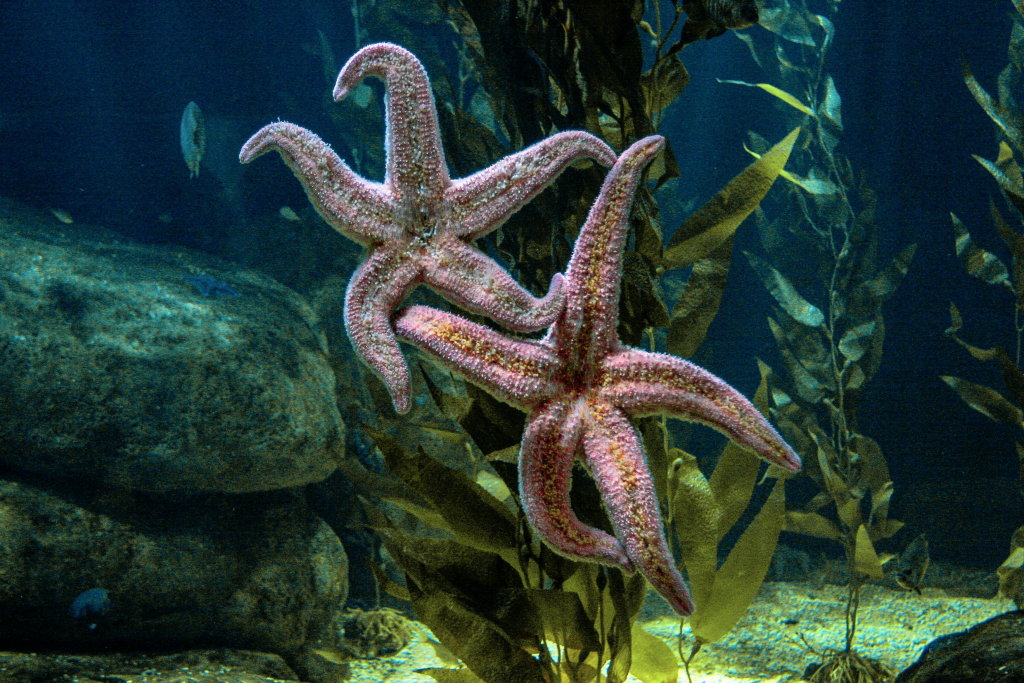
5. Ecological Dominoes: From Sea Stars to Kelp Forests
Erosion of sunflower sea stars triggered a chain of ecological repercussions. As Gehman wrote, “Once the sea sunflower stars were gone, the urchin populations went crazy.” Without their main predator, purple sea urchins went wild, munching kelp forests to the brink. The result: thousands of square miles of kelp bed lost, habitat destroyed for abalone, sea otters, kelp crabs, and countless others.
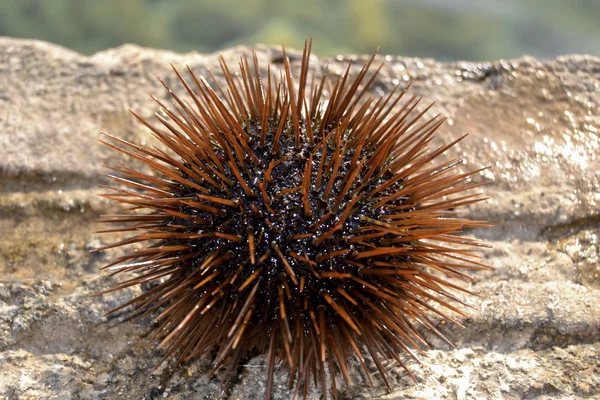
“Urchins are sort of like the goats of the ocean,” said Sara Hamilton. The loss of these ocean rainforests lowered biodiversity but also weakened coastal defenses against storms and erosion, demonstrating the sunflower sea star’s role as a keystone species and a “critical support in humanity’s defence against climate change,” as Prentice described.
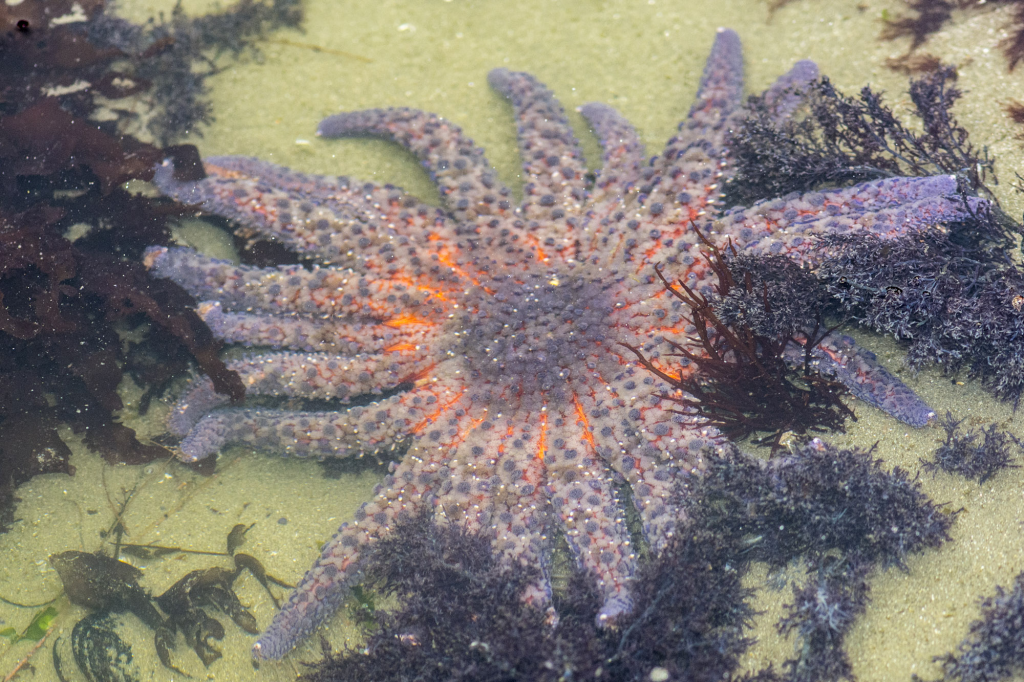
6. Climate Change and the Dissemination of Vibrio
The timing and dissemination of the epidemic brought environmental drivers into sharp focus. Vibrio species are highly sensitive to temperature, salinity, and nutrient levels factors which are increasingly impacted by climate change. As Alyssa Gehman observed, “We have found the disease across the whole range of the sunflower stars, from Alaska to Mexico… most of the time in August, September, October, the warmer months or immediately following the warmer months of the year.” Anomalously warm waters have been associated with outbreak duration and severity by research, whereas cooler refuges within British Columbia’s fjords have experienced lower mortality. Globally, outbreaks of Vibrio are on the rise, affecting not just marine life but also aquaculture and human health.
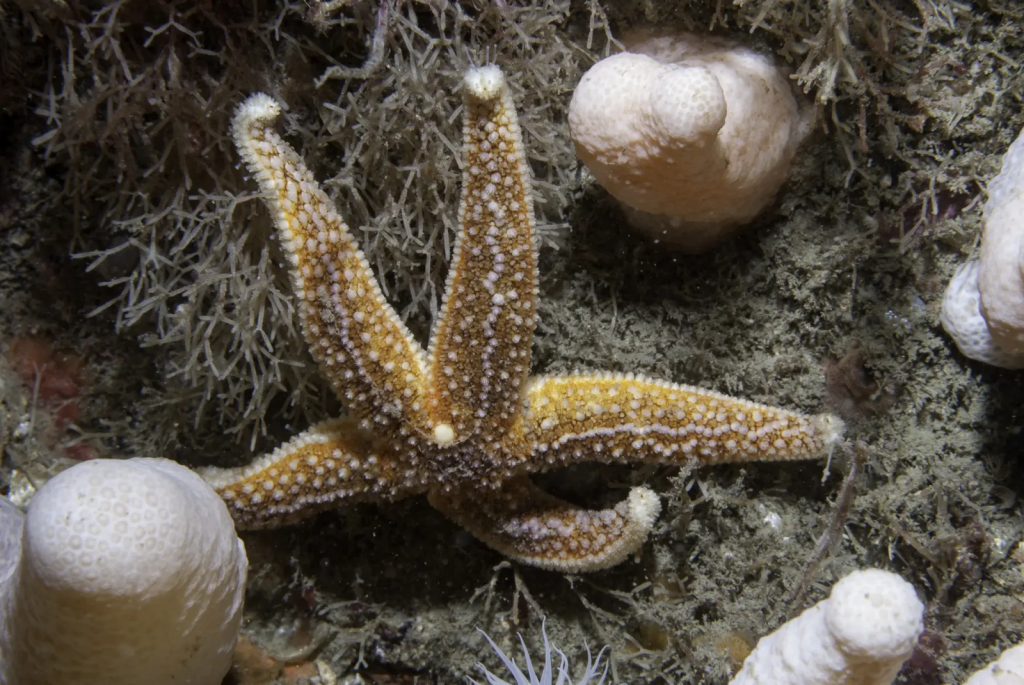
7. Along the Road to Recovery: Captive Breeding and Reintroduction
With the pathogen now identified, hope has been revived in conservation efforts. Captive breeding initiatives at institutions such as Birch Aquarium, the Aquarium of the Pacific, and the Sunflower Star Laboratory have seen successes in spawning and cross-mating, paving the way for reintroduction. It is a historic opportunity for zoos and aquariums and the SAFE program. The future of the sunflower sea star just got a little brighter, said Jenifer Burney. Stringent screening for Vibrio pectenicida is now within reach, reducing the risk of releasing the disease accidentally. Larvae culturing protocols and boosting genetic diversity are under development, to restore sea stars to their historic range and rebalance kelp forest ecosystems.
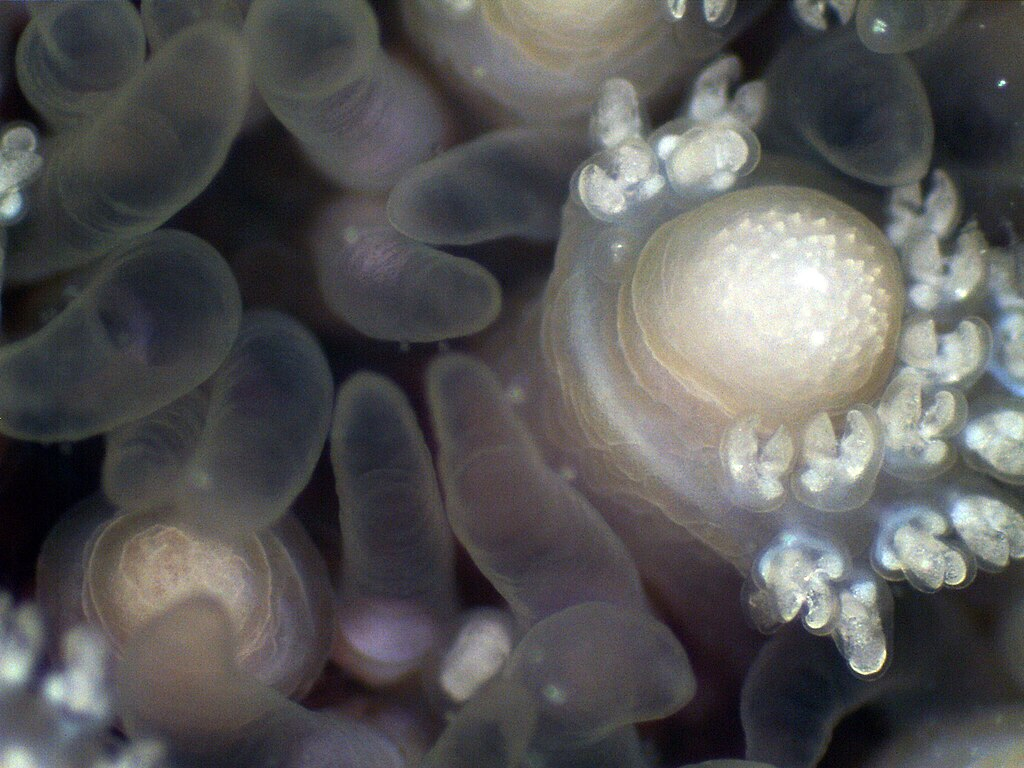
The resolution of the sea star wasting mystery is greater than a triumph of scientific resolve; it is a fiery lesson of how disease, climate, and ecosystem engineering intersect in the dark waters of the ocean. As researchers continue to probe the source and dynamics of Vibrio pectenicida, what they learn is shaping the future of marine conservation, ecosystem management, and the fight against emerging infectious diseases.
